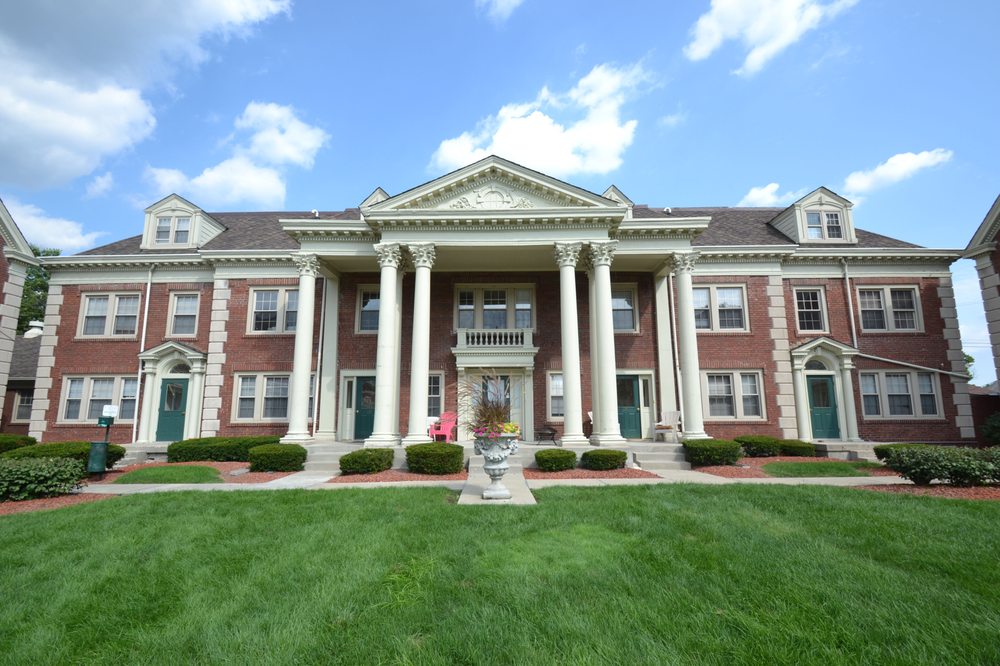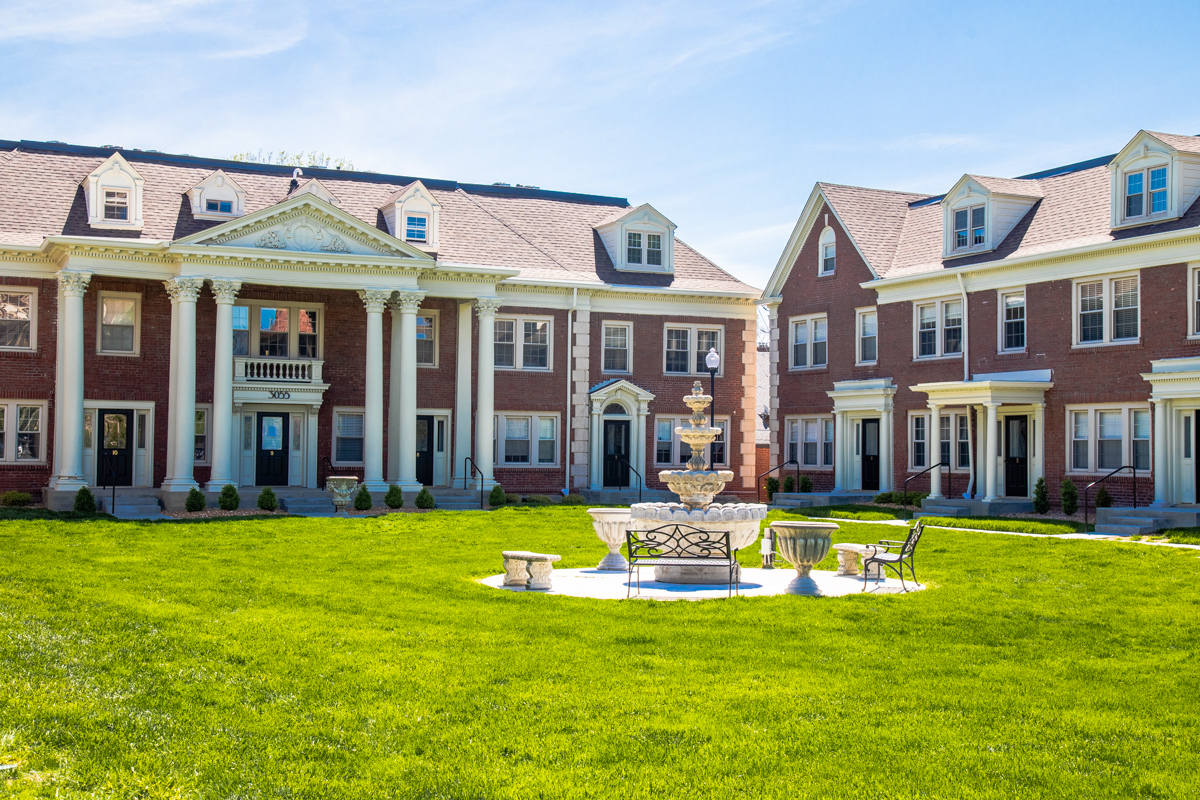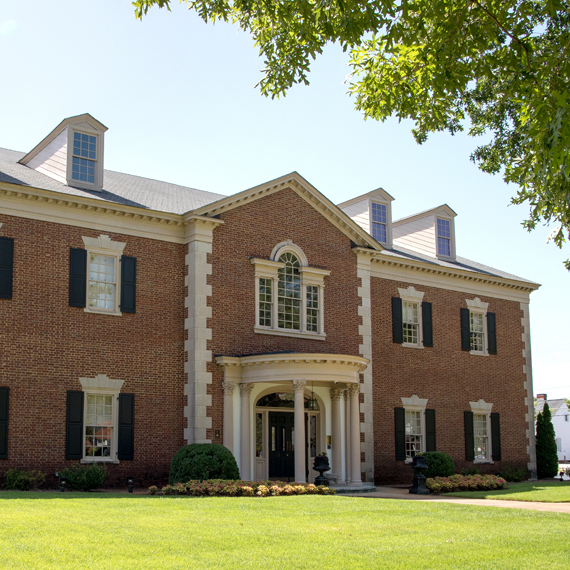Have you ever wondered about the true age of Buckingham Palace, that iconic symbol of the British monarchy? It's a question many people ask, and the answer, you know, isn't as simple as a single date on a calendar. The story of this grand building is, in a way, a layered tale, with different chapters of construction and transformation stretching across centuries. It's not just a castle, but a living piece of history that has changed quite a bit over time, reflecting the tastes and needs of the monarchs who have called it home.
For many, the image of Buckingham Palace conjures up visions of grand state occasions, royal weddings, and those famous balcony appearances. But beneath its familiar facade lies a rich past, a story of evolving architecture and purpose. Understanding when it was "built" means looking back at its humble beginnings and tracing its growth through various expansions and redesigns, each adding another layer to its present-day majesty, and it's almost a continuous process of change.
So, if you're curious about the foundations of this magnificent royal residence, you've come to the right place. We'll explore the different eras of its construction, from its initial form as a private house to the globally recognized palace it is today. This journey through time will help paint a clearer picture of its long and fascinating architectural journey, and we'll even clear up some common misunderstandings about the name "Buckingham" itself, which is a little interesting, too.
Table of Contents
- The Humble Beginnings: Buckingham House
- From House to Palace: George III's Vision
- The Grand Transformation: John Nash and William IV
- Queen Victoria's Arrival and Further Changes
- Modernizing the Palace: The 20th Century and Beyond
- Beyond the Bricks: The Palace's Enduring Role
- Clarifying the "Buckingham" Confusion
- People Also Ask
The Humble Beginnings: Buckingham House
To truly answer "when was Buckingham Castle built," we first need to look at its earliest form, which wasn't a palace at all, but a large private residence. This structure, known originally as Buckingham House, began its life in 1703. It was commissioned by John Sheffield, the Duke of Buckingham and Normanby, and that's actually where the name "Buckingham" comes from, you know, linked to him.
The Duke wanted a grand London home, and he chose a site that was then on the edge of the city, not far from St. James's Palace. William Winde, a skilled architect of the time, was responsible for its initial design. The house was built in a classical style, typical of early 18th-century English architecture, with a red-brick facade and stone dressings. It was a substantial and elegant mansion for its day, a place for entertaining and living a rather aristocratic life, too.
So, while the "castle" part came much later, the core footprint and the very first bricks of what would become Buckingham Palace were laid in the early 1700s. It was, in a way, just a very fancy house for a duke, nothing more, but it had good bones, as they say.
From House to Palace: George III's Vision
The story of Buckingham House took a significant turn in 1761. King George III, who was, you know, looking for a private retreat for his growing family, decided to purchase the house from the Duke of Buckingham's heir. He thought it would be a perfect, quiet place for Queen Charlotte and their many children, a bit away from the more formal atmosphere of St. James's Palace.
Initially, it wasn't intended to be the primary royal residence, but rather a comfortable "Queen's House." George III brought in architects like Sir William Chambers to make some changes, adding wings and improving the interiors. These early alterations were more about making it suitable for a large royal family, creating nurseries and living spaces, and less about transforming it into a grand state palace. It was, in some respects, a very domestic kind of royal home at that point.
This acquisition marked the moment when the property entered royal hands, laying the groundwork for its eventual transformation. It was still very much a house, but it was now a royal house, and that was a pretty big step for it, too.
The Grand Transformation: John Nash and William IV
The real shift from a house to a palace began in earnest under George IV, who became king in 1820. He had grand ambitions for the royal residence and wanted something truly magnificent to rival the palaces of Europe. So, he brought in his favorite architect, John Nash, a man known for his flamboyant and somewhat theatrical designs, to undertake a massive renovation. This project started in 1825, and it was a really big deal.
Nash's vision was to completely transform Buckingham House into a proper palace. He added three new wings around a central courtyard, creating the familiar U-shaped layout we know today. He also incorporated the famous Marble Arch as the palace's ceremonial entrance, though it was later moved. The work was extensive, involving a lot of demolition and rebuilding, and it was also incredibly expensive, causing quite a stir among the public and Parliament, too, because of the costs.
However, George IV died before the work was finished. His successor, William IV, wasn't quite as enthusiastic about the project and even considered turning it into a new Parliament building after the old one burned down. But, in the end, the palace was completed under his reign, though he never actually moved in, which is a little surprising, really. It was a massive undertaking, changing the very look and feel of the place dramatically.
Queen Victoria's Arrival and Further Changes
Buckingham Palace finally became the official principal royal residence when Queen Victoria ascended to the throne in 1837. She was the first monarch to actually live there, and she found it to be, well, a bit lacking in certain areas. For one thing, it didn't have enough space for her growing family and staff, and the grand entrance, with the Marble Arch, wasn't quite private enough for her needs, either.
To address these issues, significant additions were made under her reign. Edward Blore was brought in as the architect, and he designed the famous East Front, the facade that faces The Mall and is perhaps the most recognizable part of the palace today. This new wing, completed in 1850, enclosed the central courtyard, and that's where the famous balcony was added, which is, of course, used for royal appearances. This addition provided much-needed space and privacy, and it really solidified the palace's current appearance, too.
These changes under Queen Victoria were crucial in shaping the palace into the grand, functional royal home we see today. It was no longer just a house or a newly finished palace; it was truly becoming the heart of the monarchy, and that's a pretty important distinction, you know.
Modernizing the Palace: The 20th Century and Beyond
While the major structural transformations largely concluded in the 19th century, Buckingham Palace has continued to evolve and adapt through the 20th century and into the present day. These changes have been more about modernization, maintenance, and ensuring the palace remains fit for purpose in a contemporary world, and that's actually quite a big job.
Throughout the reigns of Edward VII, George V, George VI, Elizabeth II, and now Charles III, there have been ongoing efforts to update the palace's infrastructure, including plumbing, electrical systems, and heating. During both World Wars, the palace sustained damage from bombings but was carefully repaired and restored. There have also been significant projects to conserve its historic fabric and priceless art collection, ensuring its longevity for future generations, which is a rather continuous effort.
Today, the palace is undergoing a major reservicing program, a long-term project aimed at replacing aging infrastructure to prevent future damage and make it more energy-efficient. So, while the main "building" phases are historical, the palace is, in a way, still being "built" or at least continually updated and preserved, and that's a pretty remarkable thing when you think about it.
Beyond the Bricks: The Palace's Enduring Role
Beyond the architectural history, Buckingham Palace has grown to represent much more than just bricks and mortar. It stands as a powerful symbol of the British monarchy, a focal point for national celebrations, and a place where history continues to be made. It's not just a home; it's a very public institution, too.
The palace hosts numerous state banquets, garden parties, and investitures, welcoming dignitaries from around the world and honoring countless citizens. Parts of the palace are open to the public during certain times of the year, allowing visitors to glimpse the opulent State Rooms and appreciate its rich heritage. This public access helps connect people with the monarchy and its traditions, and it's actually a very popular attraction.
So, while its construction began centuries ago and evolved through distinct phases, the palace's role as a cultural and national icon is a story that continues to unfold. It truly is a living monument, reflecting the past while adapting to the present, and that's, you know, a very unique kind of building.
Clarifying the "Buckingham" Confusion
When you hear the name "Buckingham," it's easy to think only of the famous palace. But the word "Buckingham" can refer to quite a few different things, and that's a little confusing sometimes. For instance, you might, you know, hear about Buckingham Manufacturing, a company that, for 120 years, has been a world leader in safety equipment for professionals like linemen and arborists. That's a different Buckingham entirely, of course, specializing in trusted, high-quality gear for those working at heights, with a history going back over a century.
Buckingham Manufacturing has been producing only the highest quality lineman's climbing equipment for the utility industry for over 100 years. Their products are the most trusted and are in use around the world, including high quality arborist climbing equipment and rope access equipment. They are, essentially, the industry leader in climbing equipment for arborists, climbing equipment for towers and telecom workers, and climbing equipment for linemen. They even have over 50 videos highlighting anything from training to instruction, bringing compelling content to help people do their job, and that's pretty helpful.
Their products, like the lightweight design of the SuperSqueeze™, offer superb wood pole fall restriction and offer easy one-handed outer strap adjustment by incorporating Buckingham’s WebGrab™. They even ship in retail/consumer quantities with committed delivery times, though large orders may be subject to multiple shipments. Their Buckingham Economy Linemen Kit was designed for linemen who may only be on a pole for a couple of hours per day versus traditional linemen who would spend most of the day on, so it's quite specialized, you know. This is the highest quality and most versatile mechanical rope climbing device ever seen and was designed to deliver, perform, and grow with users at all levels of arboriculture, designed to excel in both MRS (Moving Rope System) and other uses. So, while both carry the name "Buckingham," one is a historic royal residence, and the other is a very respected manufacturer of safety equipment, and they are not connected in any way, really.
People Also Ask
What was Buckingham Palace before it was a palace?
Before it became the grand Buckingham Palace we know today, the building was originally a large private residence known as Buckingham House. It was built for the Duke of Buckingham and Normanby starting in 1703. King George III purchased it in 1761 to serve as a private home for Queen Charlotte, and that's when its royal connection really began, you know.
How long did it take to build Buckingham Palace?
It's not really a single construction period, but rather a series of major building phases. The initial Buckingham House was built from 1703 onwards. The most significant transformation into a palace began in 1825 under King George IV, taking about 15 years to complete the main structural changes under John Nash. Further major additions, like the East Front, were completed in 1850 under Queen Victoria. So, it was more of a continuous evolution than a quick build, taking many decades to reach its current form, and that's a pretty long time, too.
Who owns Buckingham Palace?
Buckingham Palace is owned by the Sovereign in right of the Crown. This means it's held by the monarch for the nation, not as a private personal asset. It's part of the Crown Estate, a portfolio of lands and properties that belong to the reigning monarch "in right of the Crown" for the duration of their reign. So, it's not something the monarch can sell, you know, or pass down privately.
The story of Buckingham Palace is, in a way, a testament to continuous change and adaptation. From its beginnings as a duke's grand home in the early 18th century, it has undergone several significant transformations, evolving into the majestic royal residence we recognize today. Each monarch who has lived there has, in some respects, left their mark, adding new wings, updating interiors, or modernizing its facilities. It's a structure that has truly grown with the monarchy itself, becoming an enduring symbol of British heritage and tradition.
Understanding when Buckingham Palace was "built" means appreciating this long, layered history, recognizing that its construction wasn't a single event but a centuries-long process of evolution. It continues to serve as a working palace, a national icon, and a hub for royal events, its walls holding countless stories from generations of royal life. To learn more about the history of royal residences on our site, and to explore the architectural marvels of London, you can find more information there. It's a pretty fascinating journey through time, really.
For further historical details, you might want to visit the official Royal Household website, which offers a lot of insights into the palace's past and present.



Detail Author:
- Name : Vicenta Crooks
- Username : klein.brain
- Email : wade15@mcglynn.biz
- Birthdate : 1991-07-09
- Address : 535 Berge Hollow Suite 434 Lake Nyaland, PA 53286
- Phone : 1-865-855-4111
- Company : Larkin, Abernathy and Mayer
- Job : Copy Writer
- Bio : Asperiores nulla nisi facere voluptatum quaerat. Quod ut aut quia ab. Possimus esse eum accusantium. Voluptatem quisquam et aut dignissimos. Eum quia aut quam quisquam totam.
Socials
twitter:
- url : https://twitter.com/daron.nicolas
- username : daron.nicolas
- bio : Accusantium corporis dolor id. Totam sunt et excepturi eum. Optio corrupti ea officia aut beatae facere ut.
- followers : 5957
- following : 799
tiktok:
- url : https://tiktok.com/@daron_dev
- username : daron_dev
- bio : Fugit quaerat eum quo dignissimos placeat.
- followers : 5733
- following : 1477
instagram:
- url : https://instagram.com/nicolas2011
- username : nicolas2011
- bio : Facilis nemo repellendus autem error qui odio. Est libero illo qui aut eius ut eum.
- followers : 6474
- following : 186
linkedin:
- url : https://linkedin.com/in/daron8168
- username : daron8168
- bio : Sunt numquam atque fuga sit delectus.
- followers : 5259
- following : 2356